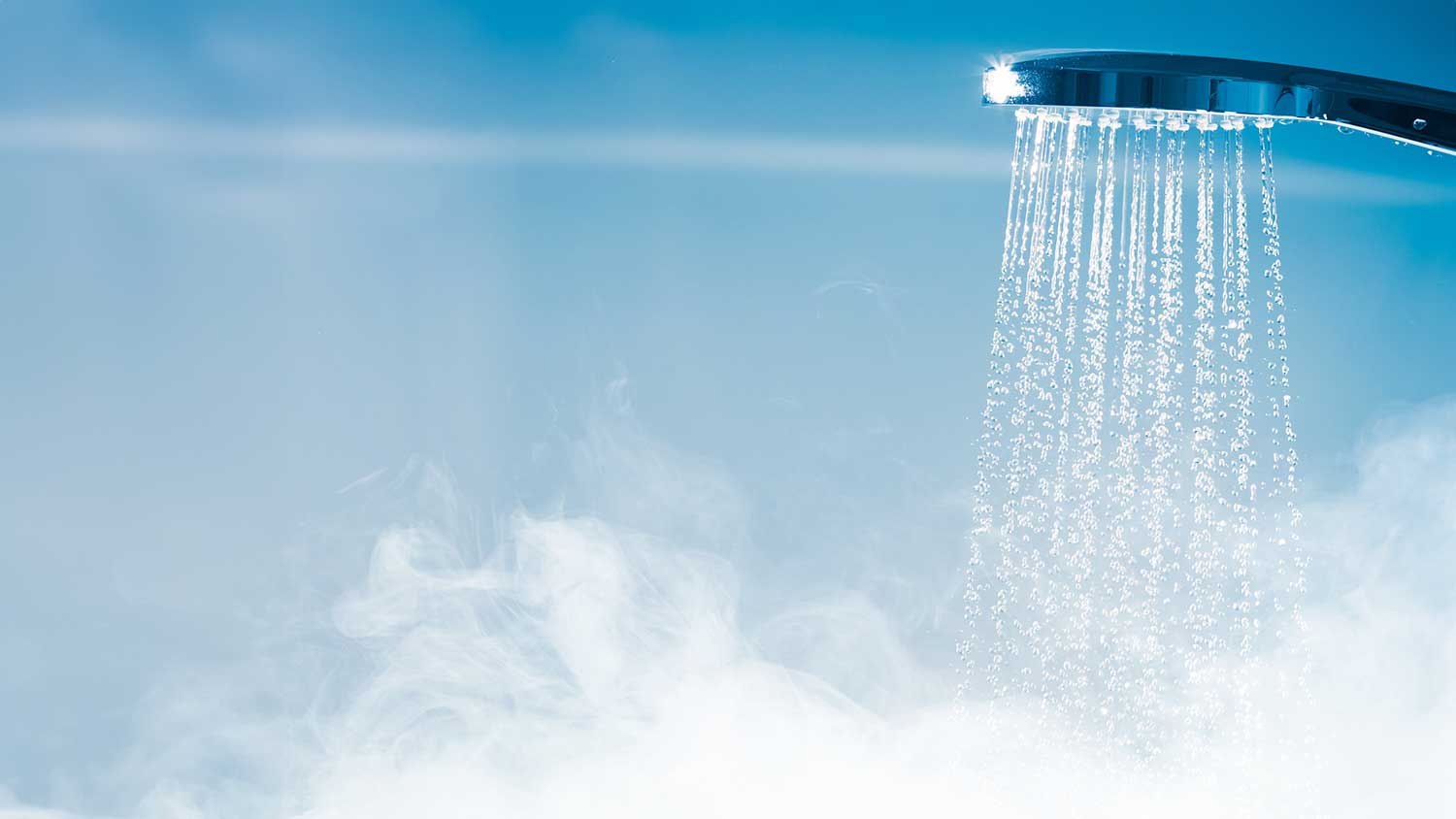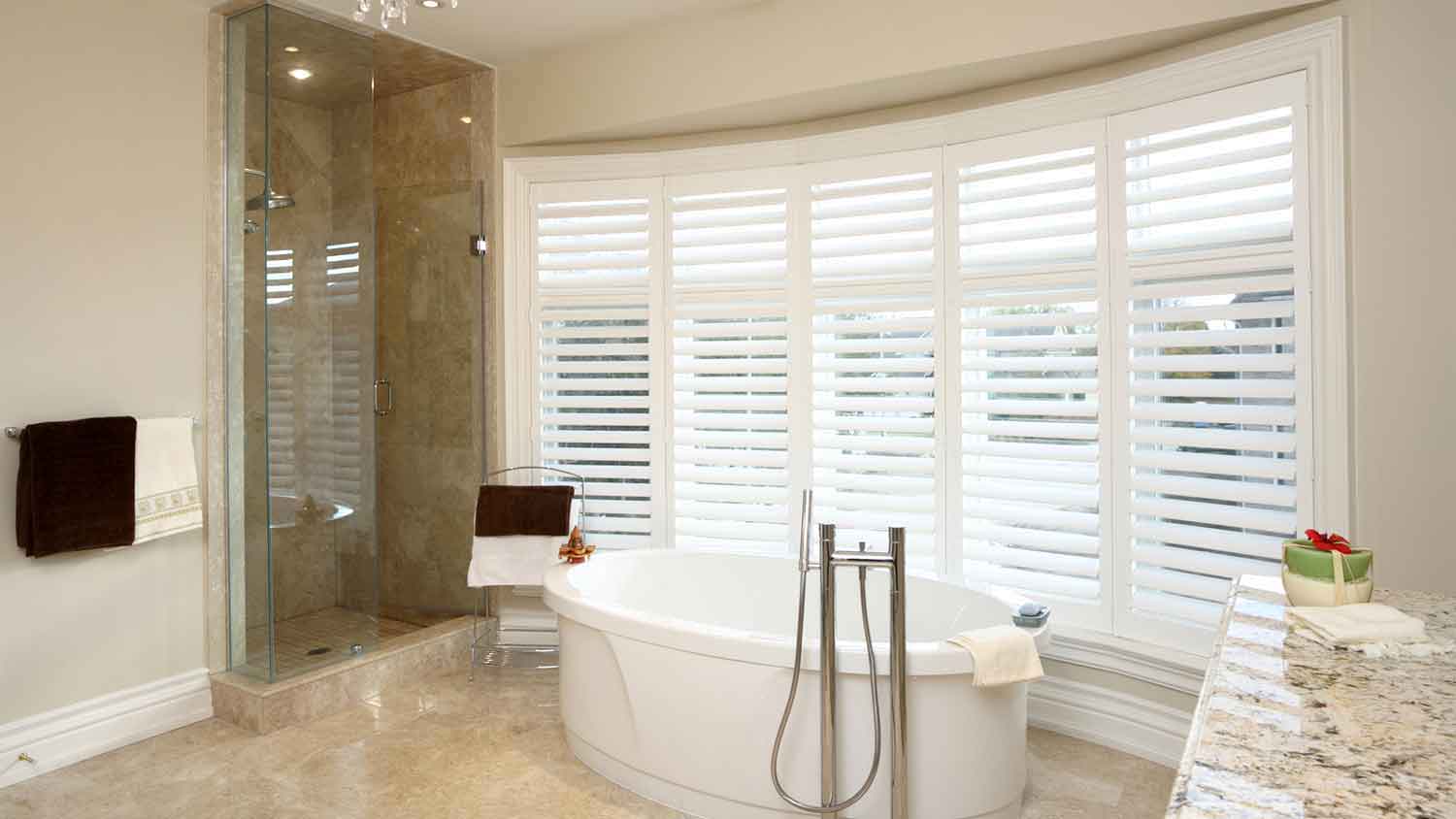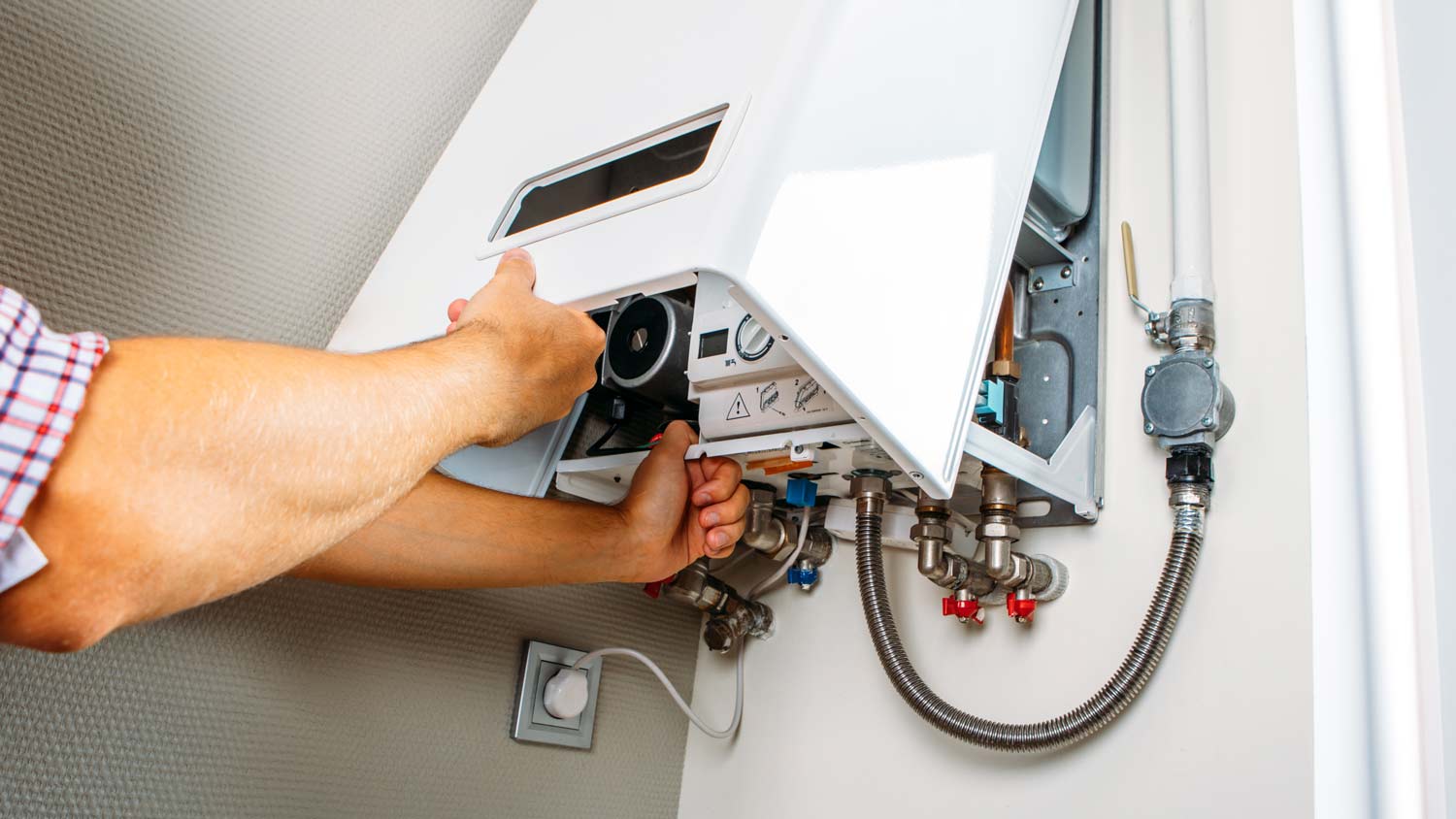
Discover the factors influencing air duct replacement cost in New York City. Learn how to save money and make an informed decision for your home's comfort.
Don’t sweat your sweaty bathroom—these tips can help


Bathrooms get hot when you take warm showers or baths.
Ventilation prevents heat and humidity buildups.
Poor insulation and sun exposure can make a bathroom hot.
An HVAC pro can help solve the problem.
You may have upgraded your bathroom with some spa-like features, but an accidental sauna probably isn’t one of them. An uncomfortably hot bathroom can make even the most relaxing showers feel stifling. Luckily, this is an issue you can probably fix with some ventilation and other mindful adjustments. This guide will help you get to the root of the question: Why is my bathroom so hot?
A major cause of uncomfortably hot bathrooms is a lack of proper ventilation. If the hot and steamy air from your shower or bathtub has nowhere to go, it will get trapped inside your bathroom and raise the overall temperature and humidity levels. This can foster mold growth and damage surfaces, like your wallpaper or drywall, in addition to making your bathroom hot.
Air circulation is the key to solving ventilation issues. All bathrooms should have some form of ventilation. For a quick fix, you can crack a window when you shower. Ultimately, if you don’t have a ventilation system, the best route is to hire a local exhaust fan installation pro to install one.

Heat from showers or baths can increase the temperature inside your bathroom by several degrees—especially if you have a well-insulated bathroom or take long showers or baths. This is normal to an extent, but if it’s getting uncomfortable, you may want to take action.
Increasing ventilation is still the best solution. Beyond that, consider taking shorter, cooler showers to prevent steam from building up. Make sure your hot water heater temperature is set between 120 and 140 degrees Fahrenheit.
If your home is poorly insulated, heat can rise through your lower floors and find itself trapped in bathrooms on upper floors. If insulation is a problem, there will be signs like high cooling bills. You’ll notice the heat most during the hottest months, and it probably won’t be limited to your bathroom.
Install better insulation throughout your home. This won’t just make your home more comfortable; it will increase your energy efficiency, which could save money in the long run. You’ll need to hire a local insulation pro to see what exactly your home needs.

If your bathroom has a lot of windows, the sun could be to blame. According to the U.S. Department of Energy, about 76% of sunlight that passes through standard double-pane windows turns into heat. This is especially prominent in south-facing rooms, which get the most sunlight.
Window treatments like blinds, shades, or curtains can block the sunlight and keep your room cool. Honeycomb shades are one of the best options because the shape helps trap air and reduces heat transfer.
If your bathroom exhaust fan or air conditioning isn’t working properly, it could make your bathroom uncomfortably hot. You should be able to hear your fan or air conditioner running. If you rely on central air and other rooms are sweltering, it’s a good sign you need a service.
You’ll need to hire an HVAC technician to diagnose the problem and make repairs. You should have your air conditioning serviced annually to prevent issues when the seasons change.
There are a few DIY steps you can take to reduce the temperature in your bathroom, but if heat points to ventilation or HVAC issues, you should call a local HVAC repair pro. Bathrooms need working ventilation. A pro has the necessary skills to understand your options, make repairs, and install a suitable system—whether it’s air conditioning, an exhaust fan, or a cooling vent.
There are a few simple ways you can lower the temperature of your bathroom. It’s all about increasing air flow and reducing humidity.
Use the fan while showering: Remember to turn on your exhaust fan when you take a bath or shower.
Open the windows: If your bathroom has windows, cracking a window can let some of the heat and humidity escape.
Remove moisture when possible: Get rid of as much moisture as possible in your bathroom. Wipe down moisture from surfaces like your mirror, use a bath mat to absorb water, and store wet clothing and towels outside the bathroom.
Take shorter, cooler showers: Less heat and humidity, less of an impact it will have on your room’s climate.
Install a dehumidifier: If humidity is a repeated issue in your bathroom, you can install a whole-house dehumidifier. Air conditioning also works to dehumidify and cool off your space.
Add some houseplants: Houseplants can help absorb some of the excess moisture in your bathroom.
Mayflower was an excellent choice for the complete renovation of my condominium. They knew exactly how to deal with the complexities of the condo building and management to make the project very smooth, easy and done right. From start to finish, everyone was incredibly helpful and their...
Tony was very professional and personable. He explained the damage he saw and reassured me the work to be performed. On the day of the visit he was punctual, courteous and exceeded my expectations while sharing information.
Exceptional quality of work, customer satisfaction oriented. I wanted to do interior work and was so impressed I asked for shingle roof and siding work on my home also, which came out very great. Any questions and concerns, Galaxy contractor answered my questions. Thank you guys.
Alex and his crew are great! I contracted them to move my dad and they went above and beyond!
All Complete Construction is very professional and helpful roof company. They care about what they do and provide excellent customer service. Sam is the great person. Their office staff was super positive, helpful and attentive. Wouldn t hesitate to call them again when we need roof chimney...
Excellent sales staff and installer. Easy to work with. I appreciated that my current system was able to be activated and used.
We didn't have to put down a deposit, and they did a fantastic job landscaping the front and rear! I appreciate it!
I needed a kitchen and bathroom remodeling and these guys were the best people I could choose. They took my vision and brought it to life! Amazing customer service.
From average costs to expert advice, get all the answers you need to get your job done.

Discover the factors influencing air duct replacement cost in New York City. Learn how to save money and make an informed decision for your home's comfort.

The average boiler installation cost depends on size, system type, and other factors. Keep reading to learn the cost of a new boiler in New York City.

You’ll spend an average of $5,466 on new furnace costs in New York, New York, but your final price depends on a number of factors. Here’s what to expect.

Energy bills rising? Here’s how to perform a DIY duct leakage test to locate any damage in your ductwork and restore your energy-efficient home.

If you need to repair a gas boiler or radiator heating system, you should first talk to a pro. Here are the top radiator repair questions you should ask.

Save energy and prolong the life of your heating pump with proper maintenance and preventative care. An annual service will keep things running smoothly.